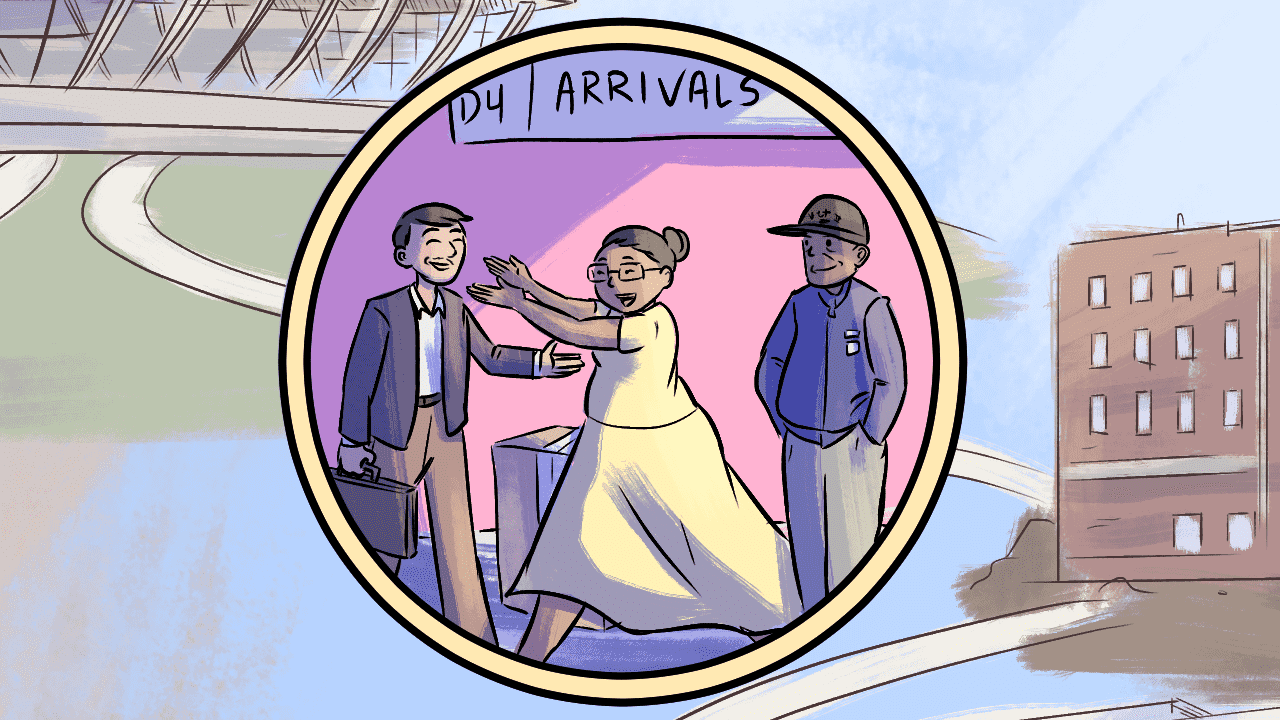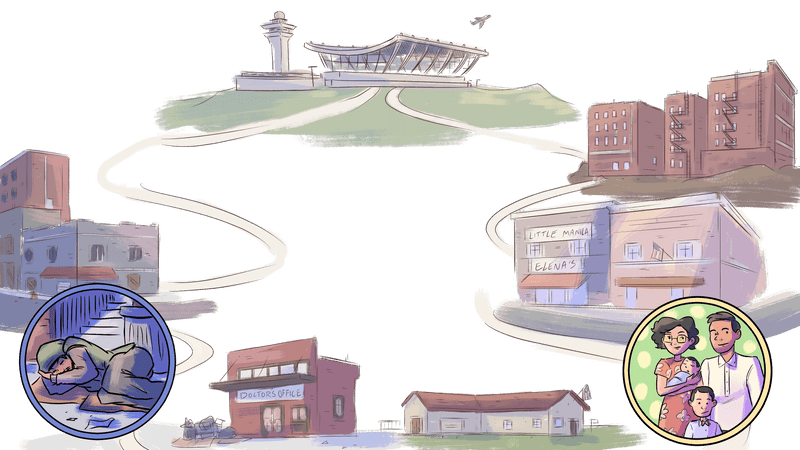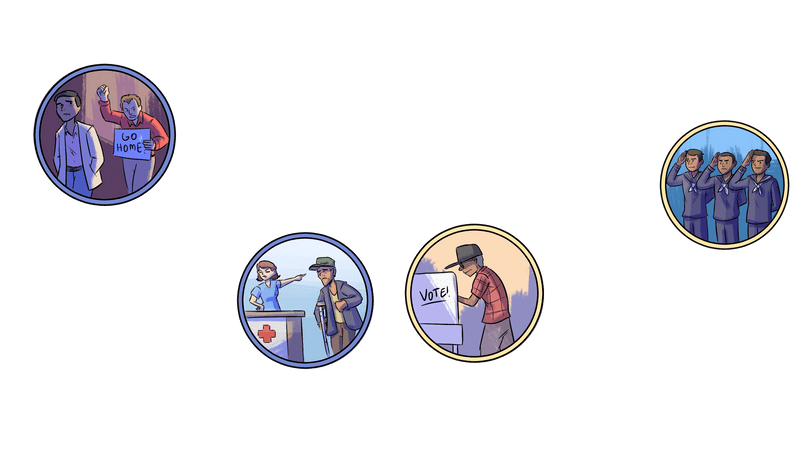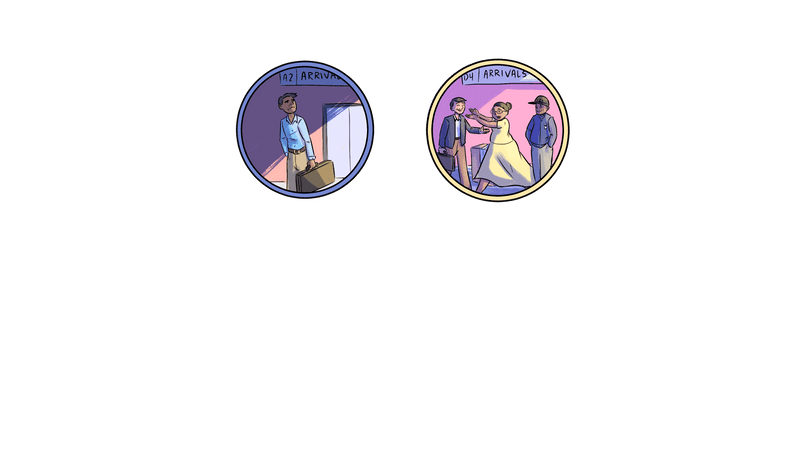Chapter Four: The Long Road to Equity
1965 – 1980s
A New Community
New migrations and political perspectives opened a door for World War II veterans.
The alliance between the United States and its former colony of the Philippines remained steady during the 1960s. Meanwhile, Filipino American communities changed dramatically. New migrations and new political perspectives opened a door for World War II veterans. As they gathered power, found allies, and educated the public, they launched new challenges to the Rescission Act and its ongoing denial of citizenship and veterans benefits.
A New Life With Old Wounds
The Immigration Act of 1965 broke down barriers to immigration that the U.S. had imposed on Filipinos ever since the 1930s. The law eliminated a national quota that capped immigration from the Philippines at only 100 migrants per year. It made family reunification a principle of immigration policy, connecting Filipino Americans with relatives back home. It also opened up new opportunities for highly skilled workers in fields such as engineering, medicine, and nursing to immigrate to the United States.
Overall, the law made it possible for tens of thousands of Filipinos to come to the United States in the decades after 1965. First- and second-generation immigrants formed community associations, built religious congregations, and supported arts and music programs that bridged American and Filipino cultures. But Filipinos who settled in the United States still faced discrimination and prejudice. Many would come to learn about and organize against the injustice of the Rescission Act.
“Veterans begin to change the landscape of America. Among them are the veterans of Filipino regiments.” - Pete Aduja, WWII Veteran, First Filipino Infantry Regiment.
Sandaan: One Hundred Years of Filipinos in America
Protest movements sweeping across the country in the 1960s inspired Filipino Americans, especially young people born after World War II. Activists began organizing elderly veterans, some of whom were homeless or living in poor conditions in urban areas.
Oral History
“One of the veterans gave me a small piece of paper and said, Can you please call my wife? We are being abused here.”
Rick Rocamora, Photojournalist, Activist, Author of Second Class Veterans
They increasingly worked with other Asians and Asian Americans as a coalition united against racial injustice. Some of the largest communities of Asian Americans lived in California, Hawai’i, and other West Coast regions. As their numbers grew, they found their elected representatives began to respond to their concerns.
As their numbers grew, they found elected representatives began to respond to their concerns.
Next Section
1990s
Early Legislative Efforts
Filipino Americans took their fight to Congress, ensuring that immigration laws reflected veterans’ rights.
Explore



